
Piyush
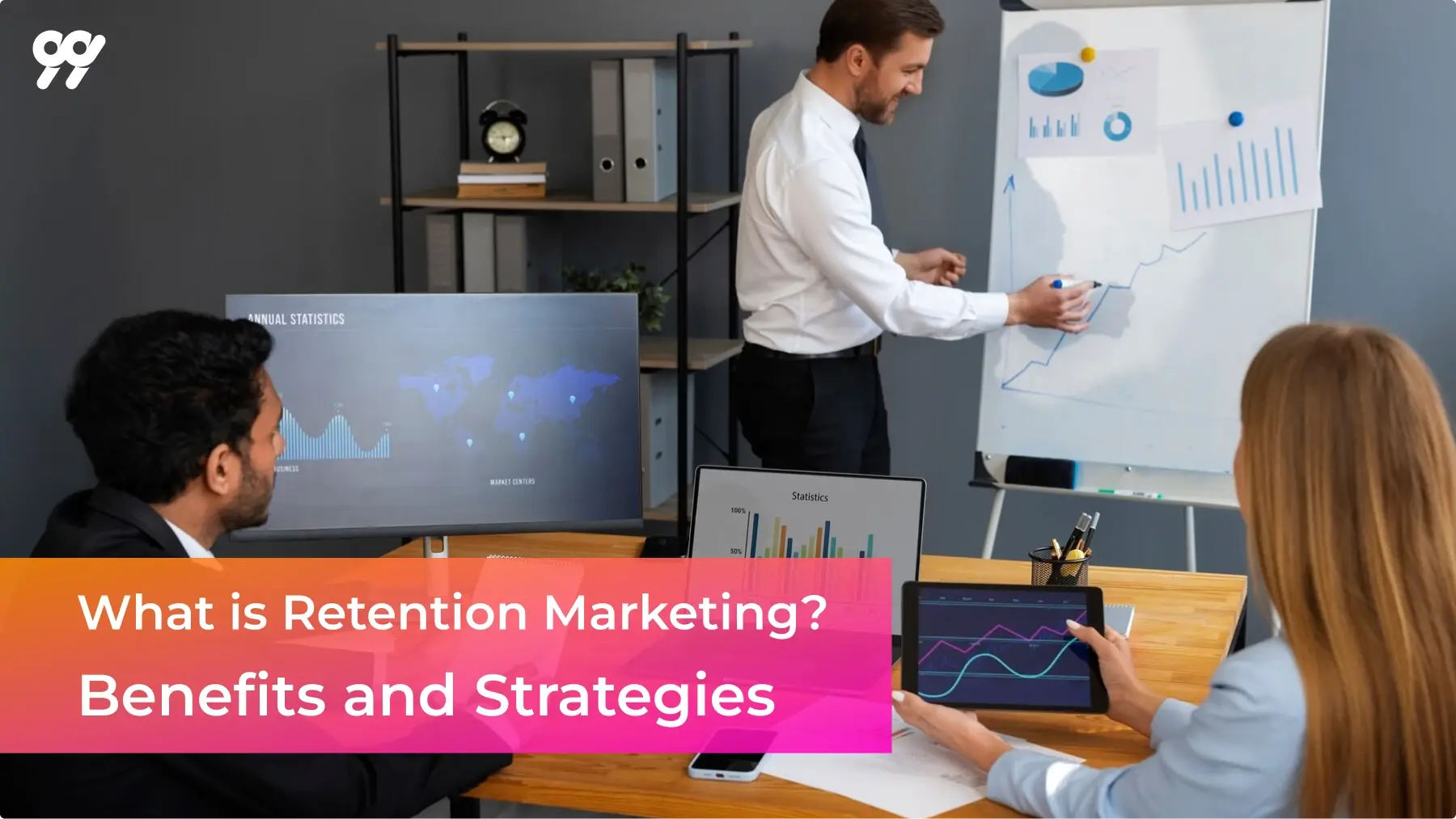
Retention marketing is an essential part of a successful business strategy. It helps keep customers engaged, rebuild relationships with past buyers, and encourage repeat purchases from loyal customers. However, just reminding customers about your brand is not enough to keep them interested. To increase customer loyalty and prevent churn, companies must use personalized strategies that make customers feel valued and appreciated.
According to HubSpot, 68% of respondents would pay more for a product from a company with a strong record of good customer service. This emphasizes the need for targeted communication, segmented marketing, and excellent customer experiences to keep loyal customers.
By creating strong retention marketing strategies, businesses can improve customer satisfaction, build long-term relationships, and maintain steady revenue growth.
Table of Contents:
Retention marketing is all about repeatedly keeping customers coming back and making repeat purchases from your business. Instead of continuously spending on acquiring new customers, businesses can increase profitability by strengthening their relationships with those they already have. Such approaches include personalized messaging, loyalty programs, business and leisure customer service, and targeted engagement methods that improve the overall customer experience.
Retention strategies focus on retaining existing customers rather than acquiring new ones. According to Forbes, research shows that getting a new customer might cost five times to seven times more than retaining an existing one. Customer retention helps businesses build brand loyalty, increase lifetime value, and provide sustainable revenue streams.
Retention marketing is a powerful strategy to encourage customers to make repeat purchases, which helps the business grow in the long term. Here’s a breakdown of how each benefit contributes to your success:
Customer lifetime Value (CLV) is a critical indicator that shows how much revenue a business can expect to obtain from a customer over their relationship. To keep customers coming back, businesses have to focus on retention marketing.
When customers continue to buy, it increases the average revenue each customer brings, which helps the business grow. For example, loyalty programs and targeted offers can strengthen this relationship and lead to a higher CLV.
Customer loyalty is important to keeping customers coming back. Customer retention marketing helps foster a deeper relationship between customers and brands, taking care of trust and emotional investment. When customers feel part of a community, they are more likely to come back.
Businesses can use customized marketing methods to speak to individuals preferences and requirements and show that brands actually care about them. This loyalty is further developed via regular interactions, feedback, and exclusive features.
Implementing a retention marketing strategy successfully helps a business increase its revenue substantially. Loyal customers are more likely to make regular purchases and spend more money over time as they become familiar with your brand.
This helps businesses to plan targeted campaigns that automatically increase customer engagement and sales of your businesses. Effectively, a well-executed retention strategy can also help balance cash inflow and provide support to growth efforts.
As customers are already engaged with our brand, there are many opportunities for cross-selling and upselling. Retention marketing provides the opportunity for businesses to recommend complementary products or premium offerings that customers already purchase from your brand.
For instance, if an electronics store suggests accessories for a device a customer just bought, it enhances the customer experience and generates more revenue. This approach maximizes the value we get from each customer and improves their overall experience.
Businesses utilize retention marketing strategies to encourage customers to make repeat purchases. This can be done through personalized interactions such as tailored emails, phone calls, or loyalty rewards. Retention strategies focus on keeping the customer connected with the brand, which can lead to increased frequency in buying behaviors.
Customers who feel recognized and appreciated tend to come back, and by utilizing data analytics to identify customers buying processes, businesses can shape their communications to push their customers back into the purchasing cycle.
Customer acquisition can be expensive, requiring significant advertising and marketing spend to attract new customers. On the other hand, keeping current customers is generally more cost-effective.
Businesses can significantly reduce their overall marketing expenses by enhancing customer relationships and focusing on retention strategies. This shift in focus enables companies to allocate their resources more efficiently, ultimately maximizing the return on investment for each customer they retain.
Retention marketing is all about keeping customers engaged, loyal, and coming back for more. Here’s how you can implement these strategies effectively:
Implementing a loyalty program is important for businesses to encourage customers to make repeat purchases and reduce the likelihood of switching to competitors. A loyalty program is a retention marketing strategy that automates businesses’ marketing efforts and increases repeat customers by offering exclusive incentives, such as access to new products, discounts on customers’ birthdays, or VIP access to events for longtime customers.
Additionally, incentivizing customers to refer friends by offering extra rewards to the referrer and the new customer can further expand your customer base and foster community.
Personalizing the shopping experience for each customer leads to stronger connections, higher retention rates, and more sales. Use data analytics to understand what customers like, their needs and preferences, and their behavior.
By utilizing this knowledge, provide personalized recommendations, customized promotions, relevant offers, and content that matches customer interests. By offering a unique homepage, tailored product suggestions, or custom messages, you show customers that you value them as individuals.
Excellent customer service is paramount in retention marketing. It is important that your support team is well-trained and empowered to resolve issues quickly and effectively. This makes it easy for customers to reach out whenever they need help by offering multiple channels for support, such as live chat, email, and phone support.
It also helps to follow up with customers after their inquiries and make sure that their issues are resolved to their satisfaction. This allows brands to build trust with customers, making them happier and more likely to return and recommend your brand to their friends and family.
Email marketing is an effective tool for businesses to keep customers engaged. Start by creating a plan to send consistent and valuable messages. After a customer makes a purchase, send a personalized thank-you email with care tips for the product or suggestions for other items they might like.
Additionally, post exclusive deals, birthday discounts, and limited-time offers to keep customers engaged with your brand and encourage them to make repeat purchases. Share helpful content like tutorials, articles, and industry news to build strong relationships and position your brand as a trusted resource.
Coupons are a powerful retention marketing tool. It rewards customers for their loyalty and encourages them to make purchases. An effective coupon strategy can include offering discount codes or special deals to repeat customers and showing appreciation for their support. Limited-time coupons create urgency that can speed up buying decisions.
Using digital coupons in your email and social media, marketing makes it easy for customers to access them. Ensure these coupons are simple to use, improving the overall shopping experience. You can also create unique coupon codes for loyal customers to encourage them to shop again and show that you value their continued business.
Retention marketing tools help businesses keep customers engaged, increase loyalty, and drive repeat purchases. Here’s how each of the tools you listed plays a role in retention strategies:
99minds is an all-in-one retention marketing tool designed to build customer loyalty and streamline reward programs. It helps omnichannel retail businesses that sell online and in-store with a powerful platform to manage loyalty programs, gift cards, store credit, referral programs, and coupons, all within a single app. The tool is designed to help you easily maximize customer retention and revenue, whether you run an eCommerce store or a retail business.
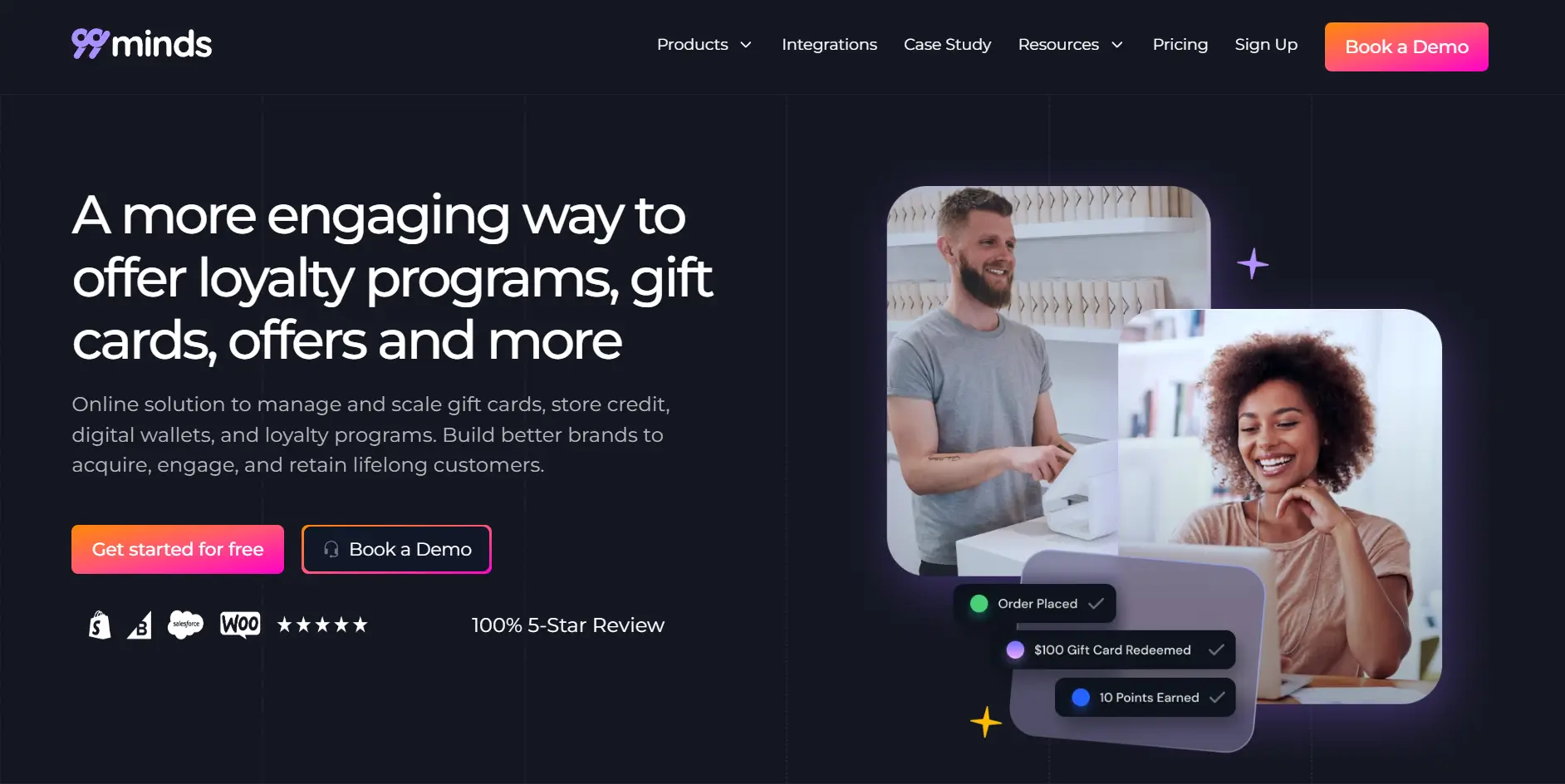
How 99minds helps in Retention Marketing:
Yotpo is a customer content marketing platform which allows businesses build trust and engagement through authentic reviews, user-generated content, and loyalty programs. Businesses utilize the platform to collect and share customer feedback to increase brand credibility and encourage repeat purchases.
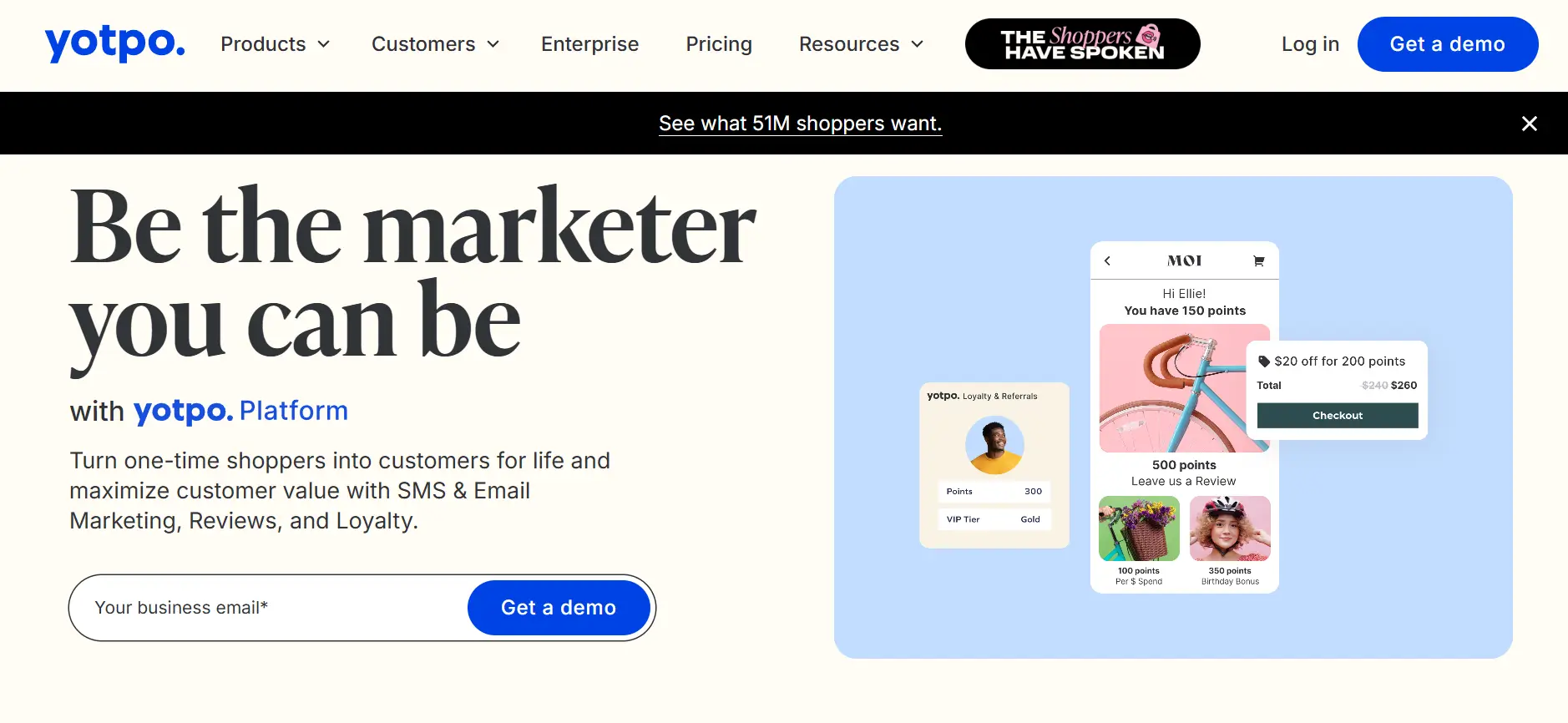
How Yotpo Helps in Retention Marketing:
Zendesk is an all-in-one customer service and engagement platform that empowers businesses to deliver seamless support and improve customer satisfaction. It is a cloud-based customer service platform that emphasizes automation and AI-driven solutions to address customer queries and helps convert queries into customer retention.
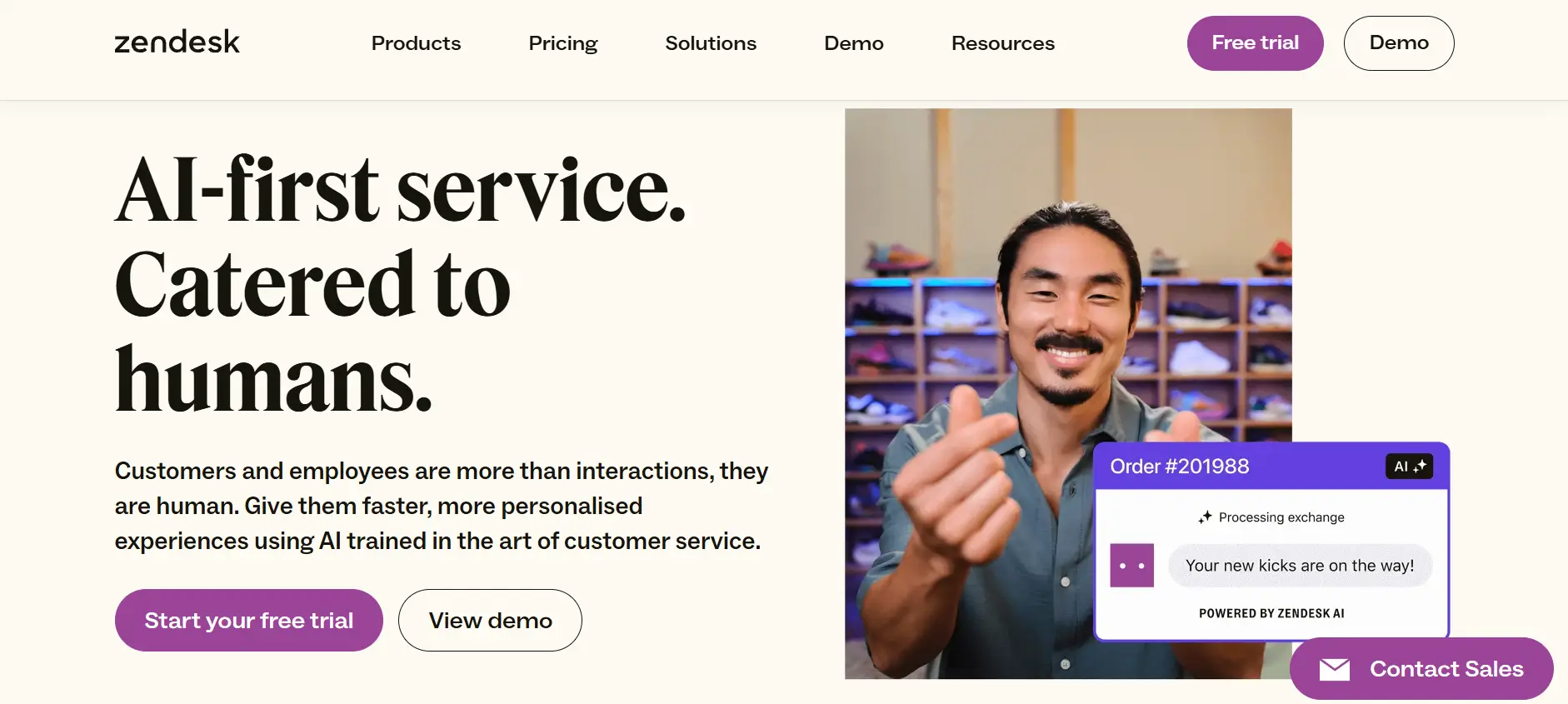
How Zendesk helps in Retention Marketing:
Hotjar is a powerful behavior analytics tool that helps businesses understand their customer behavior and increase customer retention. This tool allows brands to understand how customers interact with their website, which enables companies to give a better experience to the customer and create effective retention marketing strategies
Hotjar is a popular tool used by famous brands such as Decathlon, HubSpot, Airbnb, Slack, and Adobe to analyze customer behavior and improve customer experience.
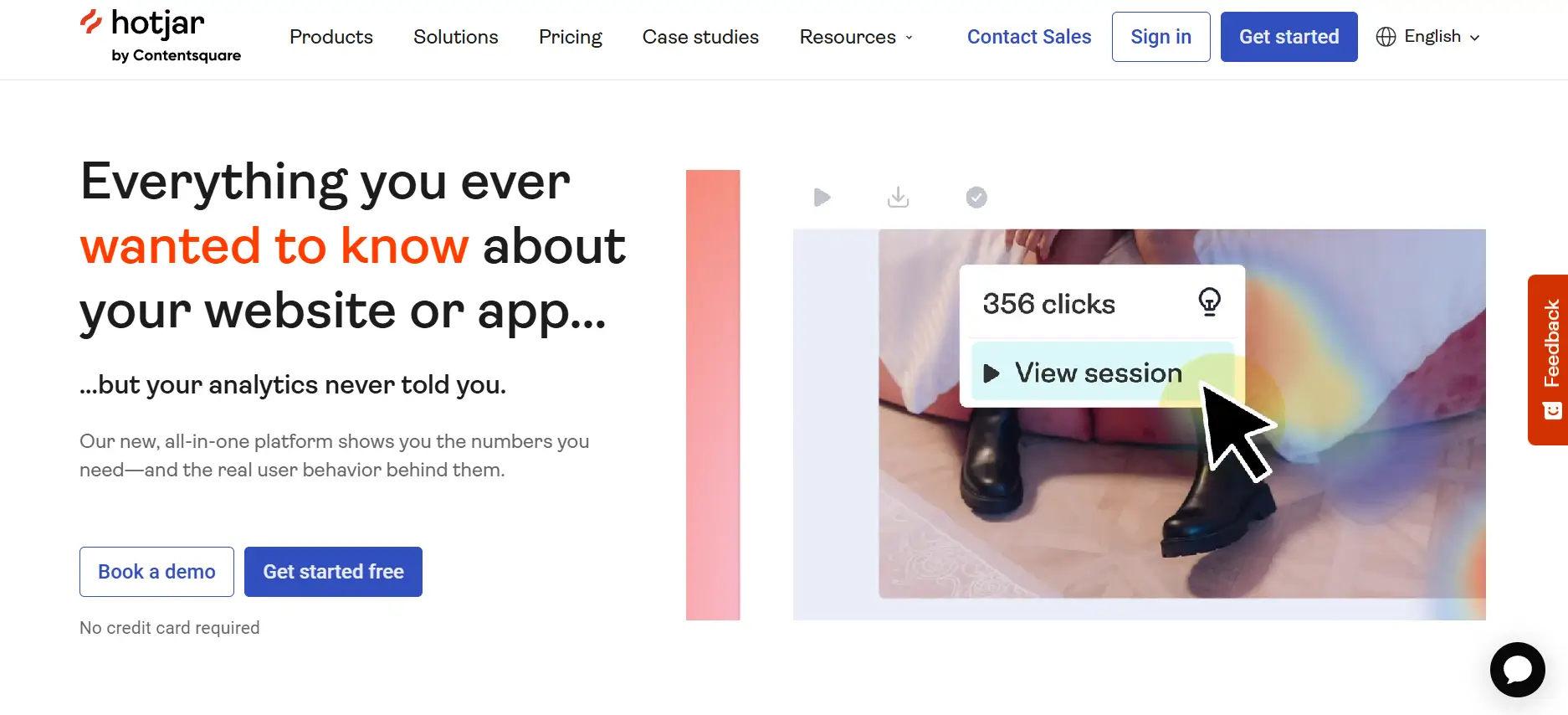
How Hotjar Helps in Retention Marketing:
HubSpot is a powerful retention marketing tool that helps SMBs and enterprises manage customer relationships and execute personalized marketing campaigns. It provides businesses with an all-in-one solution to improve their customer retention and engagement. This tool enables seamless product integration, including CRM, marketing, sales, and customer service.
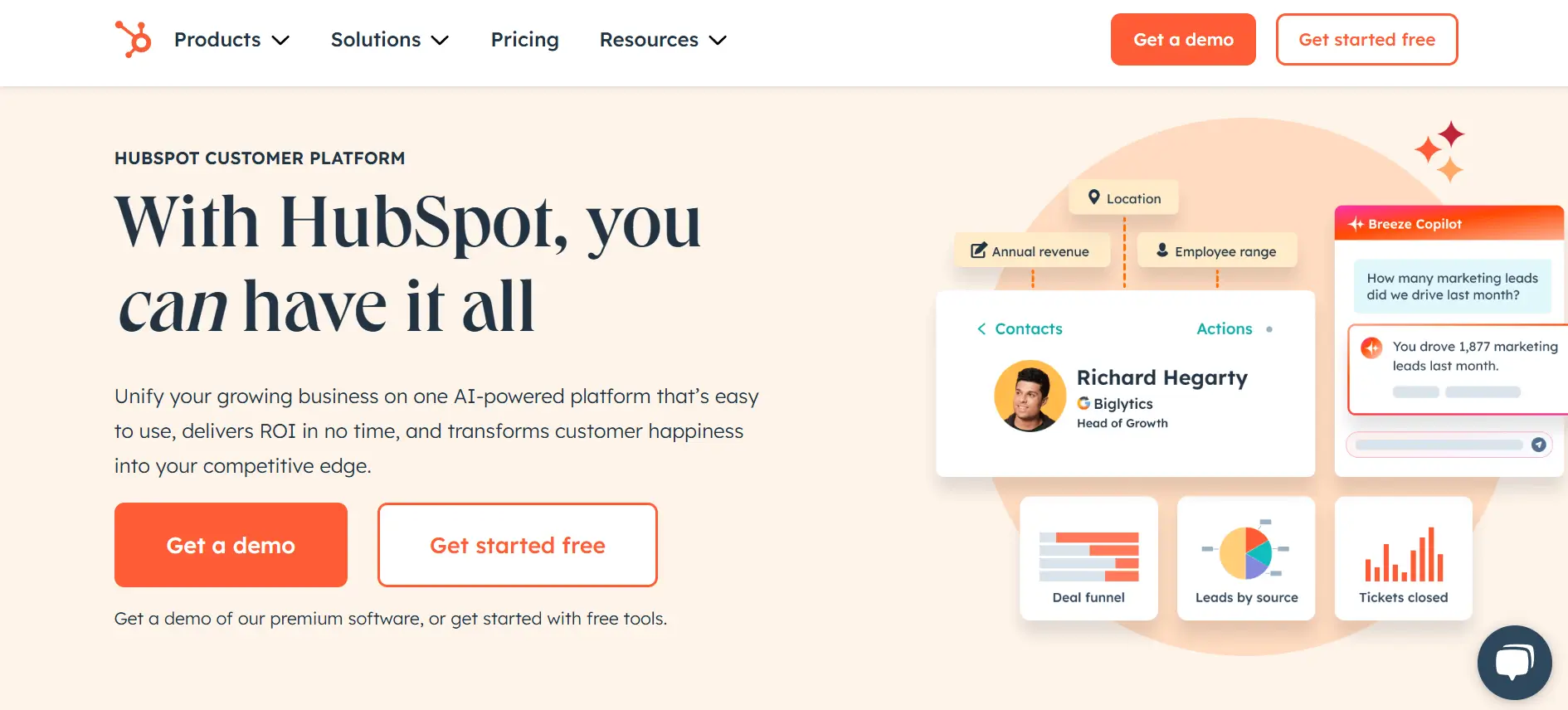
How HubSpot helps in Retention Marketing:

Retention marketing focuses on turning one-time buyers into loyal customers. It’s about building a relationship that encourages customers to return. Here are five important metrics to measure how well it works:
Customer Retention Rate (CRR) is an important metric indicating the proportion of customers who still interact with your brand during a particular period. To calculate CRR, you can use the formula:
Customer Retention Rate (CRR)= (Total customers at the end of the period) - (Total customers at the end of the period) / (Customers at the beginning of the period) x 100A high customer retention rate indicates the effectiveness of your retention efforts, and a low rate means it might be time to improve your customer engagement strategies.
This metric measures the number of times your customers return to your brand to make repeat purchases. To calculate the Repeat Purchase Rate, the formula is:
Repeat Purchase Rate(RPR)= (Repeat Customers) / (Repeat Customers)A high Repeat Purchase Rate shows that your customers find value in what you offer and will return for more.
Customer Lifetime Value (CLV) measures how much money a customer is likely to bring to your business over their entire relationship with you. This metric is crucial for understanding how much you can spend on attracting new customers while still making a profit. The formula can be simplified as follows:
Customer Lifetime Value (CLV)= (Average Purchase Value) × (Purchase Frequency) × (Customer Lifespan)A high CLV means that you are getting a good return from your customers, and this indicates successful retention.
The Churn Rate provides insight into the number of customers discontinuing usage of your business within a given period. To calculate this, you can use:
Churn Rate= (Lost Customers) / (Total Customers at Start of Period) x 100A lower churn rate is preferred, as it indicates that your business retains more customers. Monitoring this metric helps identify potential issues and areas for improvement.
The NPS indicates customer satisfaction and loyalty, which calculates how likely your customers are to recommend your brand to others on a scale of 0-10. Depending on how they respond, customers are classified into promoters, passives, or detractors. The NPS is calculated with the formula:
Net Promoter Score (NPS)= (%Promoters−%Detractors)A high NPS indicates high levels of customer loyalty and satisfaction, and a low score may indicate dissatisfaction and the need to take corrective action.
| Aspect | Customer Retention Marketing | Customer Acquisition |
|---|---|---|
| Focus | Retaining existing customers | Gaining new customers |
| Cost | Lower | Higher |
| Strategy | Loyalty programs, personalized marketing | Advertising, promotions |
| Customer Relationship | Long-term engagement and trust | Initial attraction |
| Revenue Impact | Higher CLV and repeat purchases | One-time purchases |
| Conversion Rate | Higher, as existing customers are already familiar with the brand | Lower, as new customers need persuasion |
| Customer Feedback | More reliable and constructive | Less predictable and varied |
| Brand Advocacy | Higher likelihood of referrals | Lower likelihood of referrals |
Retention marketing is key to long-term success for businesses. Businesses can encourage customer loyalty and repeat purchases by prioritizing customer engagement, offering personalized experiences, and using data-driven techniques.
Using these strategies helps you build strong customer relationships and turn one-time buyers into life-long customers. Using the right tools, like 99minds for advanced loyalty program management, guarantees smooth retention that makes customers want to come back. Start optimizing your customer retention marketing approach today to drive sustainable growth and outpace the competition.